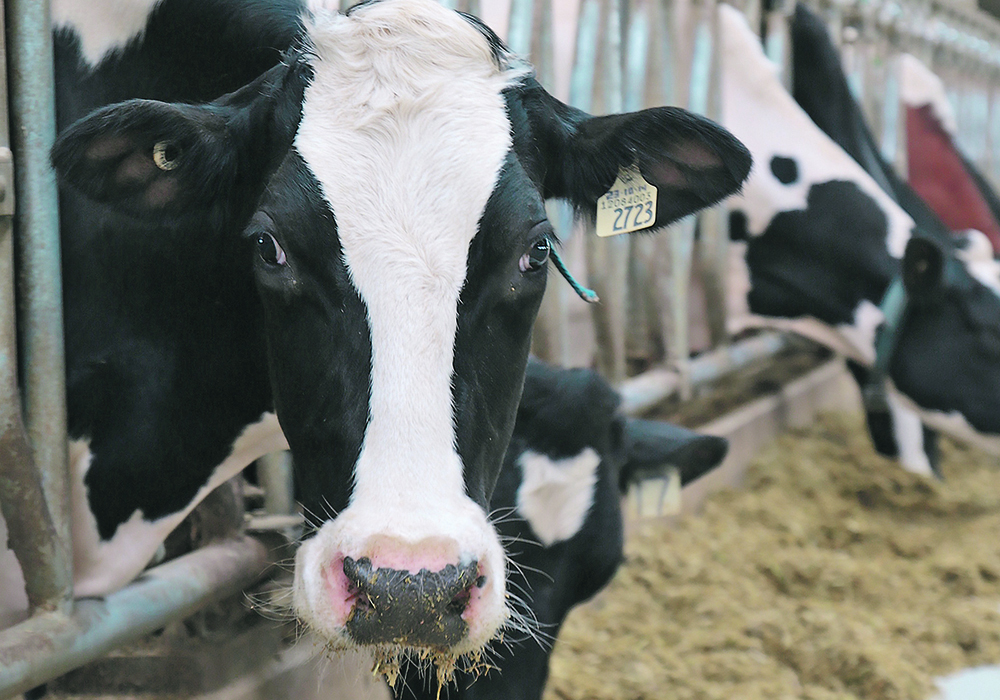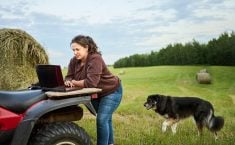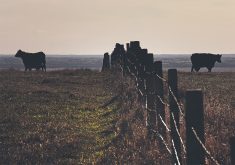The 2022 production season is ending across Western Canada. As you turn your attention from harvest to your financial statements, changes to the Accounting Standards for Private Entities also must be considered.
Section 3041 establishes standards for the recognition, measurement, presentation, and disclosure of an agricultural producer’s inventory. Section 3041’s purpose is to ensure accurate classification of inventories associated with primary agricultural production as biological assets, productive biological assets, or agricultural inventories to improve the relevance and reliability of the financial statements.
The focus of section 3041 is to further separate agricultural inventories into two categories: productive biological assets and biological assets.
Read Also

Farmer ownership cannot be seen as a guarantee for success
It’s a powerful movement when people band together to form co-ops and credit unions, but member ownership is no guarantee of success.
Productive biological assets are the plants and animals your daily operations rely on. In other words, the plants and animals must be intended to be held for use in the operations on an enduring basis, and not intended for sale in and of themselves. To qualify as a productive biological asset, the item must meet the following criteria:
- Held and intended for the production or supply of agricultural inventory.
- Acquired or developed for use on a continuing basis.
- Not intended for sale in ordinary business.
This means your breeding herd in your cow-calf operations, your milking herd in your dairy, the trees in your orchard, and the grape vines in your winery are productive biological assets.
The primary characteristic of productive biological assets is that these assets are intended to remain in the operation for an extended period. Therefore, a key requirement of S3041 is that these assets must be listed separately on the balance sheet as non-current assets, similar to property plant and equipment. As non-current assets, there may be a requirement to depreciate these assets annually and it is important to discuss this potential requirement with your accountant.
Those inventories that do not meet the criteria above are now referred to as biological assets. This category includes produced units intended for sale or use in the ordinary course of your business and are intended to be consumed or marketed within the current period. This is the production, the harvest, the vast bounty to which you aspire to produce.
Section 3041 defines harvest as the detachment from the originating productive biological asset, or the cessation of the asset’s life cycle. This means that there are no significant changes for when to recognize these assets. You’ll continue to keep track of your unsold grain or your head count at your year end.
To determine the value of the assets you have tracked, it is important to recognize that this will depend on the accounting policy you choose. As a producer, you are free to either value your agricultural inventories using the cost or market method, and this is a decision you must discuss with your accountant because it will have lasting impacts on your accounting process.
In your first year of compliance, extra steps will be needed to adjust the classification of these assets from the beginning of the year. And since the standard is to be adopted retrospectively, your previous year’s numbers will also need adjusting to reflect the new standards.
Section 3041 only applies to the financial statement preparation process. Once the net income has been determined for the year, preparing your income tax return and your Agrinvest/AgriStability will be the same.
At first, Section 3041 may seem overwhelming. I recommend reaching out to your accounting professional as soon as possible to discuss this transition and ensure you have all the necessary information.
Colin Miller is a chartered accountant and partner with KPMG’s tax practice in Lethbridge. Contact: colinmiller@kpmg.ca.















